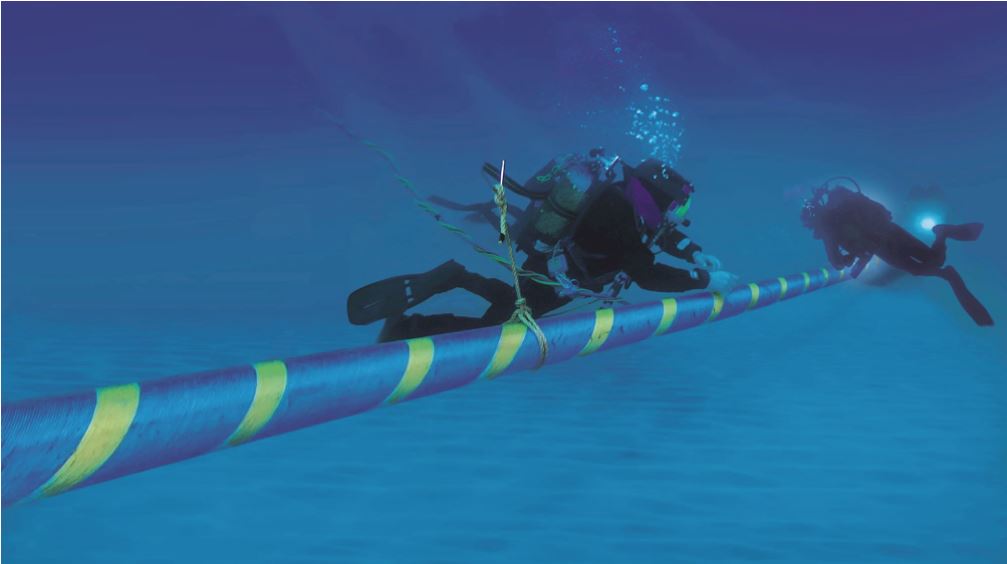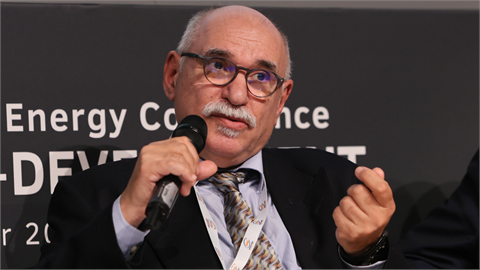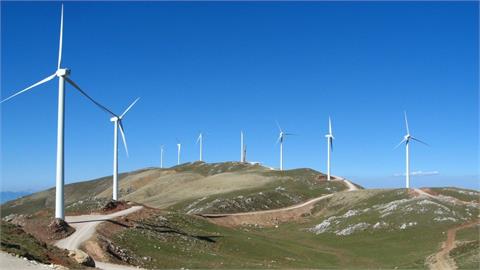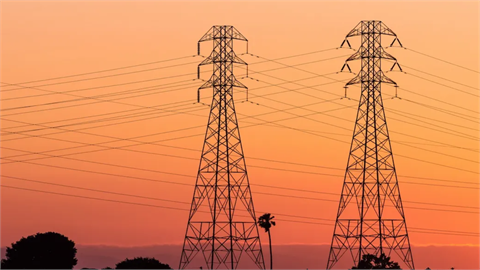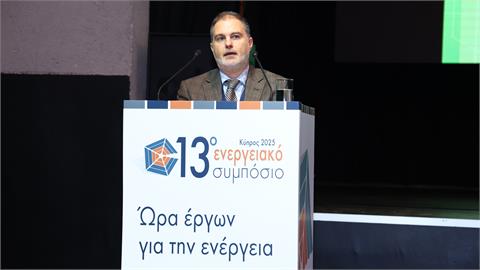Cross border and undersea electricity interconnections play key role for the smooth operation and balancing of energy flows between countries and regions. Last week a major step forward was taken in completing the electricity interconnection of the island of Crete with mainland Greece.
The final agreement for the so called "big" interconnector project was signed last week (10/6) in Iraklion, Crete between "Ariadni Interconnection”, a subsidiary of the Independent Electricity Transmission Operator (IPTO), and a group of companies which will undertake to lay the cables and also built the inverter units on both sides. More specifically IPTO signed contracts with Italy’s Prysmian, Norway’s Nexans, Sweden’s NKT, Hellenic Cables and Siemens-Terna valued at 1 billion-euro ($1.14 billion) total and include the undersea cables, linking Crete to the mainland. In the overall contract price included are two converter stations and one substation costing some 370 million euros.
The project, which comprises two underwater cables of 400km overall length with an electricity capacity of 500 MW each and the associated substations, is expected to be completed by 2023, when Crete will be linked to the mainland grid with a 1.0 MW connection. This latest IPTO project, follows a smaller interconnection project, known as the "small” link which is under construction and will be completed by the end of 2020. This comprise two underwater AC cables of 132kms length to be laid at a 1,000 m depth and will have a carrying capacity of 200 MVA per cable.
The combined operation of the "small” and "big” electricity interconnections, between the mainland and Crete, is expected to unlock a sizeable but so far unexploited RES potential on the island. Greece has already licensed some 2,000 MW of additional renewable energy capacity that can be built on the island of Crete, which could help the country align with the European Union’s goal of achieving net zero carbon emissions by 2050.
Moreover, the two links will allow the retirement of oil-fired electricity plants operating on the island of some 400MW and thus lower sharply emissions, and also pave the way for installing substantial new solar and wind power. Greek households will also eventually benefit from the above interconnection from a 400 million euro cut in charges they pay, via their electricity bills, to subsidize energy supply to Crete.
IENE follows closely developments related to Crete’s electricity interconnection since the Institute back in 2014 carried out an initial strategy study for Greece’s Energy Regulator (RAE) on vital electricity links, including the ones with Crete. Lately and as it has already been reported (https://www.iene.eu/electricity-storage-in-see-gains-traction-iene-launches-study-for-the-island-of-crete-p5716.html) IENE is preparing under contract to IPTO a pioneering study on the integration of electricity storage systems in Crete in order to examine how they can help in boosting output from RES into the system.
